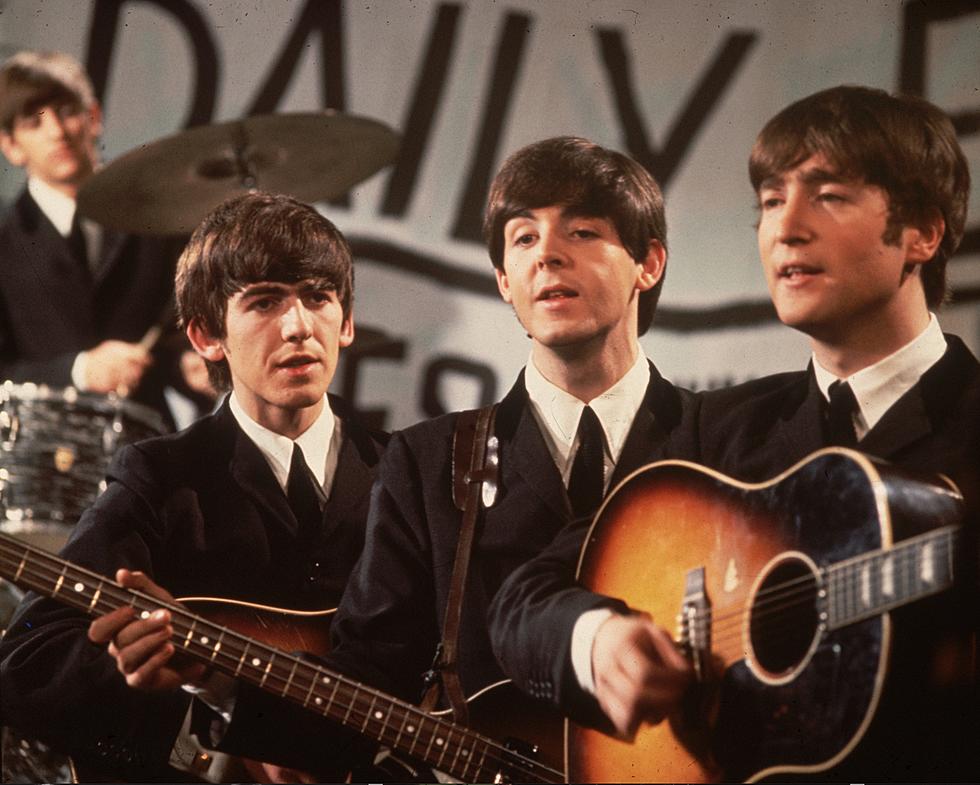
Neil Young Completely Emerges From the Ditch on ‘Comes a Time’
When Comes a Time arrived in record stores in October 1978, it was anticipated as Neil Young's return to the mellower, more commercially palatable folk-country-pop sound of his 1972 mega-smash Harvest. It was equally and eagerly hyped as such by the record company's marketing and promotions team, which no doubt was waiting for such a return.
Judged purely on those standards, Comes a Time was regarded as an overwhelming success at the time, with immediate sales far out-distancing less radio-friendly predecessors like On the Beach and Tonight's the Night, which comprised two-thirds of his "Ditch Trilogy." Comes a Time also yielded Young's first mainstream radio hit in years with "Lotta Love," albeit not under his name. Backing vocalist Nicolette Larson scored a surprise Top 10 hit with a slickly produced cover of the tune, which Young referred to as his "Fleetwood Mac song."
Although time has since regarded the album with less critical acclaim than such initially misunderstood classics as Tonight's the Night, Comes a Time easily and quickly became Young's biggest seller since Harvest. The songs, all originals save for a beautiful cover of Ian and Sylvia Tyson's "Four Strong Winds," continue to hold up remarkably well. Larson's backup vocals on songs like "Lotta Love" and "Look Out for My Love" (backed by a much smoother, less ragged-sounding Crazy Horse) are a particular standout, prompting Young sideman Ben Keith to call the late vocalist "the greatest harmony singer I've ever heard."
While smooth pop and romantic lyrical themes mostly fill Comes a Time, fans who favor Young's rustier side are tossed some rougher edges. "Motorcycle Mama," a raunchy ode to California biker babes, sticks out as being somewhat out of place on an album that otherwise basks in the warm and fuzzy glow of '70s folk-pop. The other notable thematic departure is "Already Gone," where Young pays tribute to his son Zeke.
Comes a Time was originally conceived as a solo acoustic project. When Young first presented the album -- originally recorded at Miami's Triad Studios without any backing musicians -- to label executives, they politely suggested he re-cut the tracks with a band. In a move that broke with his notorious artistic stubbornness, Young actually agreed.
When sessions reconvened in Nashville with many of the musicians used on Harvest (like Ben Keith and Tim Drummond, along with veteran studio aces like R&B keyboard great Spooner Oldham), Young's bosses were undoubtedly counting on cash registers ringing. Young humorously called this new band the Gone With the Wind Orchestra, and at one point Gone With the Wind was even floated as a potential album title.
As for that original solo acoustic album from the Miami sessions, rumors suggest it could still surface on a future volume of Young's Archives series under the title Oceanside, Countryside.
A final footnote concerns Young's dissatisfaction with the initial pressing of the finished album, whose release was delayed numerous times for various reasons. The funniest is recounted in the book Neil & Me by his father, Scott Young. With the final product pressed and about to be shipped to stores, the story goes that Young hated the sound of it so much, he bought back 200,000 copies. In a manner totally fitting his maverick reputation, he made sure they were unplayable by shooting bullet holes through every last copy.
See Neil Young and Other Rockers in the Top 100 Albums of the '70s
This Day in Rock History: October 21
More From KOOL 101.7










